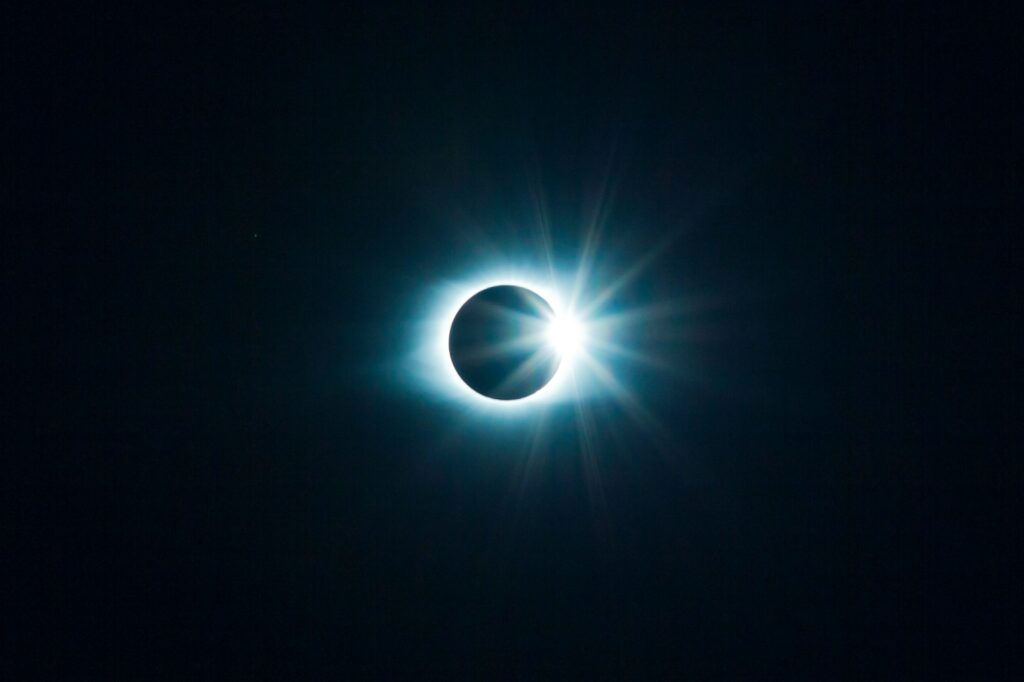Sep 19, 2024,12:56pm EDT
Earth to Gain a Temporary Mini-Moon Next Week as Tiny Asteroid Enters Orbit
Introduction: Next week, Earth will witness the temporary addition of a second moon when a small asteroid, designated as 2024 PT5, begins a brief two-month orbit around our planet. This rare celestial event, however, will likely require a professional telescope to observe, as the asteroid will not be visible to the naked eye.
Discovery and Orbit: Discovered on August 7 by NASA-funded scientists using the Asteroid Terrestrial-impact Last Alert System (ATLAS) in South Africa, 2024 PT5 originated from the Arjuna asteroid belt—a collection of space rocks that follow Earth-like orbits located 93 million miles away. Researchers expect this bus-sized asteroid, approximately 33 feet in length, to make a horseshoe-like orbit around Earth, differing from the typical full rotation.
Mini-Moon’s Trajectory and Future Visits: The asteroid’s journey as Earth’s mini-moon will commence on September 29 and conclude on November 25, spanning about 57 days in total. Although it will depart from Earth’s vicinity in early 2025, predictions suggest it will revisit Earth’s orbit in 2055.
Understanding Mini-Moons: Mini-moons are relatively rare celestial phenomena where asteroids are temporarily captured by Earth’s gravitational pull. Unlike typical asteroids that bypass or collide with Earth, mini-moons orbit our planet for a short duration—generally less than a year. To qualify as a mini-moon, these objects must approach Earth at a distance of about 2.8 million miles and travel at speeds around 2,200 mph.
Visibility Challenges: Due to its diminutive size, 2024 PT5 will elude unaided visual detection and most amateur astronomical equipment. Observing this mini-moon will necessitate professional-grade telescopes equipped with at least a 30-inch diameter and sophisticated imaging sensors.
A Surprising Possibility: An intriguing aspect of Asteroid 2024 PT5 is its potential origin. Preliminary orbital calculations hint that it could be a fragment from the Moon, ejected after a significant lunar impact. This theory aligns with suggestions from Paul Chodas, director of the Center for Near Earth Object Studies at NASA’s Jet Propulsion Laboratory, who speculates that the asteroid might be lunar ejecta.
Context and Importance of Asteroid Studies: Asteroids are remnants from the early solar system, about 4.6 billion years old. NASA has increasingly prioritized asteroid studies due to potential Earth impact threats. In 2022, NASA successfully altered an asteroid’s orbit through the Double Asteroid Deflection Test. Furthermore, the OSIRIS-REx mission returned samples from the near-Earth asteroid Bennu in 2023 to aid in understanding its composition and trajectory, particularly because of its slight chance of colliding with Earth in 2182.
Conclusion: The brief visit of 2024 PT5 offers a unique opportunity to study a mini-moon and enhances our understanding of asteroids’ dynamics and their interaction with Earth’s gravity. This event underscores the importance of continuous monitoring and study of near-Earth objects to better prepare for potential future threats.
Stay tuned to GlobalWorldCitizen.com for further updates and in-depth analysis on this and other significant astronomical events shaping our understanding of the cosmos.

